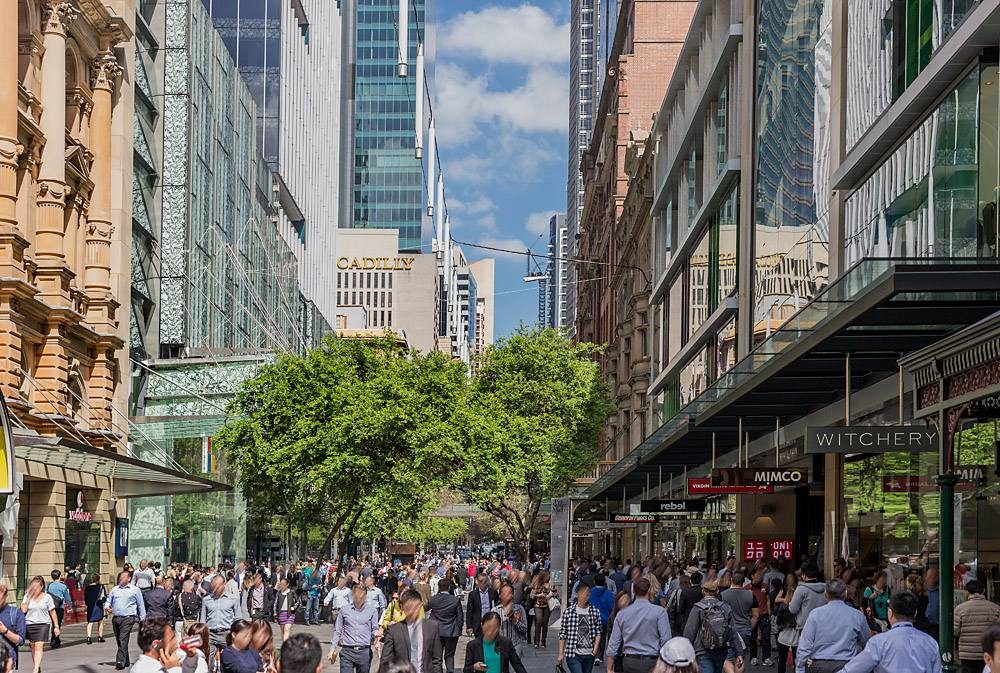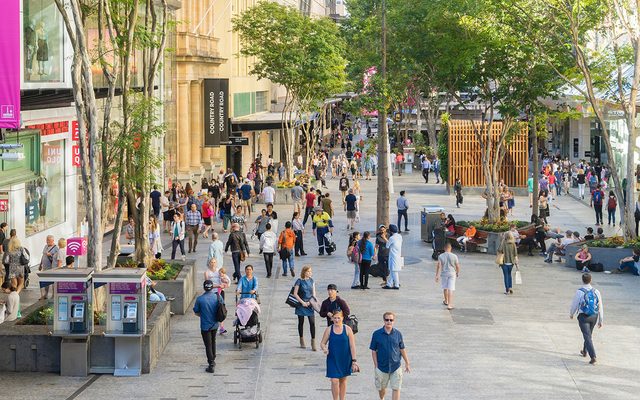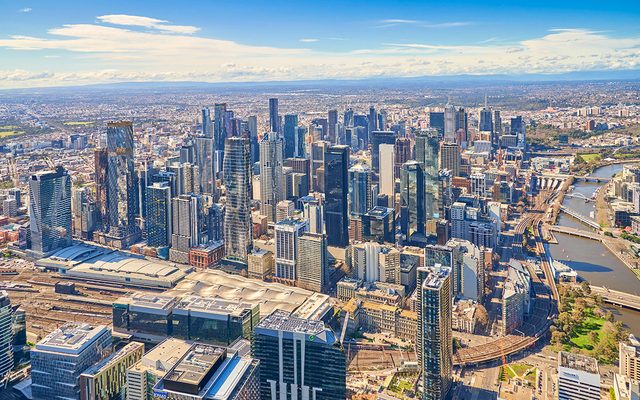This article is from the Australian Property Journal archive
PITT Street Mall remained one of the most expensive retail destinations in the world, with tourism leaving luxury retail unaffected by the cost of living crisis.
Cushman & Wakefield’s latest Main Streets Across the World report for 2024, saw Pitt Street hold on to its eighth place spot in the ranking for another year, remaining the only Australian retail destination to make the top ten.
Even when zooming in on the Asia Pacific region, the Sydney strip is still the only Australian representation, with the rest of the list made up of locations in Hong Kong, Japan and Seoul.
Pitt Street Mall, along with Upper 5th Avenue in New York City, were also the only shopping spots where rents remained stable over the year.
A retail space on the Sydney Street will cost you USD $802 per square foot each year, which approximately AUD $1,230 per square foot.
“As prime retail space becomes increasingly scarce; retailers are seeking high-profile locations beyond traditional main streets,” said Dominic Brown, head of international research at Cushman & Wakefield.
“In Sydney, we’re seeing elevated demand for sections of Castlereagh and George Streets, particularly around iconic intersections like King and Pitt Streets, which offer unparalleled visibility and foot traffic.”
As previously reported, these major tourist shopping spots are being supported by the luxury retail category, which is turn is supported by reinstated international tourism. With a record $6.2 billion in luxury retail trade recorded over 2023, as 2023 marked the highest level of growth in national luxury retail revenue since 2015, at 14.8%.
“Tourism continues to drive a significant share of luxury retail sales, with 40-50% of luxury goods being purchased while travelling,” said Brown.
“Over 630,000 international visitors arrived in Australia in the 12 months to September 2024, a number just shy of pre-pandemic levels in 2019. As tourism numbers continue to recover, this should further boost performance of Australia’s super prime retail destinations.”
Brown also noted the increased diversification of retailers on main streets across the globe, with Pitt Street offering shoppers a mix of fashion, sports and general goods.
While Sydney’s King Street is firmly becoming the city’s centre for designer goods.
“Longines’ decision to open in Westfield in Sydney’s CBD highlights the strategic use of available space and the alignment with their brand positioning. Meanwhile, Chanel’s commitment to a new space underscores the continued confidence of luxury retailers in Australia’s premium retail precincts,” added Brown.
While the Cartier flagship at 388 George Street designated as one of the 18 new “World’s Most Beautiful Shops and Stores” in 2023 by the selection committee for the Prix Versailles – The World Architecture and Design Award at UNESCO.
Globally, New York was kicked from the top spot with Via Montenapoleone becoming the first European strip to take first place in the rankings.
Rents in the Milanese strip have risen by almost a third over the last 24 months to USD $2,047 per square foot per annum, or 11% over the last 12 months. Via Montenapoleone’s ranking was also underpinned by growth in the euro against the USD.
With New York’s Upper 5th Avenue sliding into the number two spot after seeing no growth over year, instead holding at USD $2,000 per square foot per annum.
More broadly, 57% of the 138 tracked locations globally saw annual rental growth, reflecting the high levels of competition for limited prime space. This reflected a 4.4% global average in rental increases.
While declines were recorded in 15% of the locations, with the outstanding 29% holding steady.
The Americas saw the greatest average rental increase at 8.5%, with almost 11% growth in the US, after just 5.2% in the year prior.
Europe followed with a 3.5% lift and the Asia Pacific saw a 3.1% increase.
“Increased discretionary spending among consumers will further boost the performance of prime retail destinations. How quickly and strongly that feeds through into rental growth at a market level will vary due to local nuances and market dynamics,” said Brown.
“However, performance at the very top end underlines that the strength of ‘prime’ continues to rise and we expect that to continue as conditions improve.”






